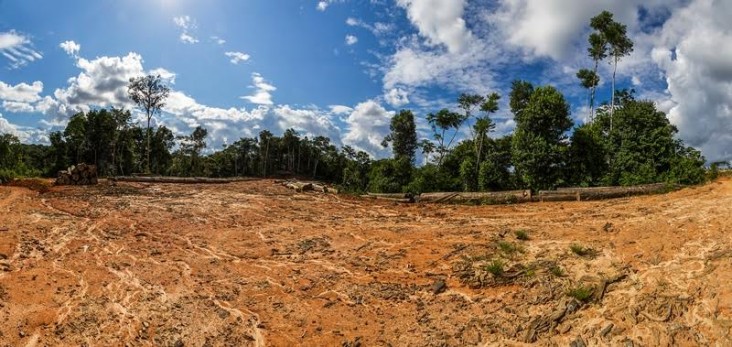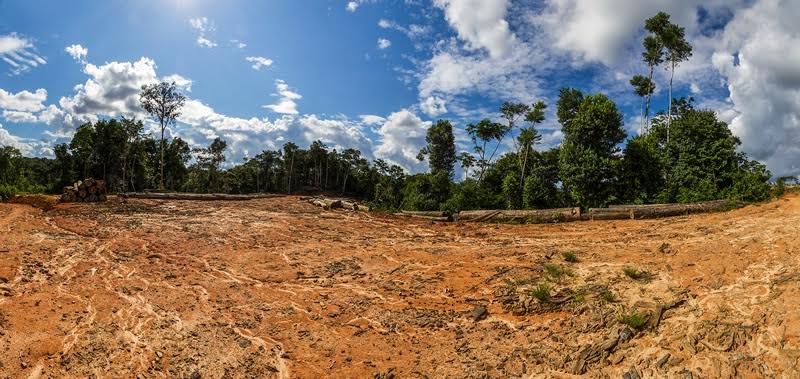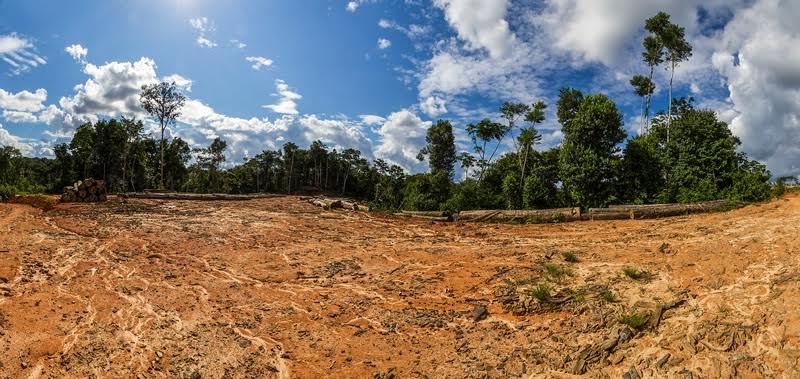
The Amazon, in addition to its rich biodiversity, holds immense carbon stocks in its forests. When trees are cut down, this carbon is released into the atmosphere. This is a major cause of global warming. At the local level, communities living in the Amazon Basin often lack the resources and authority to combat illegal logging, resulting in irreversible damage to their livelihoods and significant climate impacts. USAID, in partnership with the Government of Peru (GOP) and local communities, is strengthening efforts to protect the Amazon by building forest management capacity, developing new regulatory frameworks and improving the technical capabilities of forest managers.
OUR WORK
STRENGTHENING FOREST INSTITUTIONS
Strong Peruvian environment and land management institutions are necessary to reduce emissions and promote sustainable forest management. To accomplish this, USAID supported the creation of the National Forest and Wildlife Service (SERFOR). SERFOR is the national entity responsible for forest and wildlife related issues. USAID also works with regional governments to form Regional Environmental Authorities (ARAs), which play a critical role in conserving tropical forests by inspecting and approving forest concession management plans. Finally, USAID supported the launch of both national and regional laboratories for forestry research, technological innovation in wood usage, and environmental sustainability.
DEVELOPING INCLUSIVE REGULATORY FRAMEWORKS
In addition to strong institutions, Peru also needs clear, enforceable laws to protect its forests. USAID provided substantial support for the approval of the new Regulations of the Forestry and Wildlife Law in September 2015. USAID worked closely with representatives from Peru’s 52 indigenous communities living in the Amazon to include their inputs into the law. This landmark legal reform provides authority to SERFOR and local governments to formalize and regulate the timber industry, and to identify and address illegal logging.
At the local level, USAID has provided technical assistance to 46 indigenous communities in the regions of Ucayali, Pasco, San Martin, and Loreto to develop life plans, a tool for territorial management that fosters community forest management (CFM). The Amazonas CFM plan received an award for best practices in Intercultural Public Management from the Peru’s Ministry of Culture.
IMPROVING TECHNICAL CAPABILITIES
Protecting Peru’s natural resources requires reliable data to inventory legal sources of forest products, communicate with law enforcement, and assure potential buyers that the products adhere to international laws. USAID is assisting SERFOR to develop an online information forest and fauna management system to achieve these needs. The system tracks the supply chain of forest products so that SERFOR, regional governments and indigenous communities can prevent illegal logging. To quickly identify and monitor areas of illegal logging, USAID provides technical support for developing and utilizing geospatial information systems that can detect any changes to forest canopy.
Forestry ![]() (pdf - 127k)
(pdf - 127k)
Bosques ![]() (pdf - 129k)
(pdf - 129k)










Comment
Make a general inquiry or suggest an improvement.